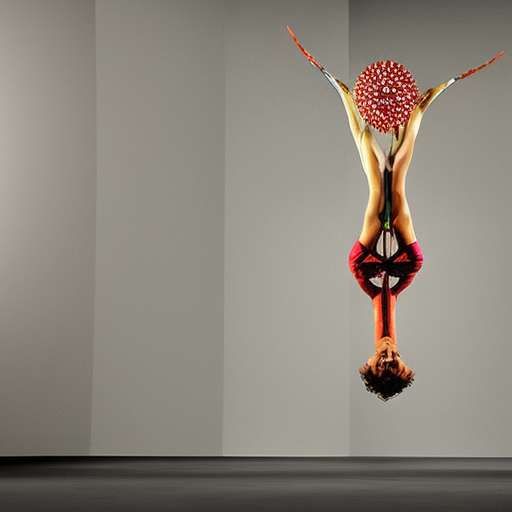Summary: Performance art is a form of artistic expression that combines elements of visual art, theater, and dance to create a unique and interactive experience for the audience. It emerged in the 1960s as a response to the traditional boundaries of art and has since evolved to encompass a wide range of practices and approaches. Performance art often challenges societal norms, explores personal and political themes, and blurs the line between the artist and the audience.
Origins and Development:
Performance art emerged in the 1960s as a radical departure from traditional art forms. Artists sought to break free from the confines of the gallery space and engage directly with the audience. Influenced by movements such as Dada and Fluxus, performance artists embraced spontaneity, experimentation, and the use of the body as a primary medium. Key figures in the development of performance art include Marina Abramović, Yoko Ono, and Joseph Beuys.
Characteristics and Approaches:
Performance art is characterized by its live and ephemeral nature. It often involves the presence of the artist, who may use their body, voice, or objects to convey their message. Performance artists may also incorporate elements of theater, dance, music, and multimedia into their work. The boundaries between performer and audience are often blurred, with the audience sometimes becoming active participants in the performance.
Themes and Concepts:
Performance art explores a wide range of themes and concepts. Many artists use their performances to address social and political issues, such as gender, race, identity, and power dynamics. Others focus on personal experiences, emotions, and the body as a site of transformation. Performance art can also be a form of protest or a means of challenging established norms and conventions.
Notable Artists and Performances:
Marina Abramović is renowned for her endurance-based performances that push the limits of the body and mind. In her iconic piece “The Artist Is Present,” she sat silently in a chair for hours each day, inviting visitors to sit across from her and establish a connection. Yoko Ono’s “Cut Piece” invited audience members to cut pieces of her clothing, exploring themes of vulnerability and trust. Another notable performance artist, Joseph Beuys, often incorporated materials such as felt and fat into his work, exploring themes of healing and transformation.
Impact and Legacy:
Performance art has had a significant impact on the art world, challenging traditional notions of what art can be and how it can be experienced. It has influenced other art forms, such as theater and dance, and has paved the way for the development of new genres, such as live art and participatory art. Performance art continues to evolve and thrive, with artists around the world pushing boundaries and exploring new possibilities.
In conclusion, performance art is a dynamic and interdisciplinary form of artistic expression that challenges traditional boundaries and engages the audience in unique and interactive ways. It emerged in the 1960s as a response to the limitations of traditional art forms and has since evolved to encompass a wide range of practices and approaches. Performance art explores personal and political themes, blurs the line between artist and audience, and continues to push the boundaries of what art can be.












